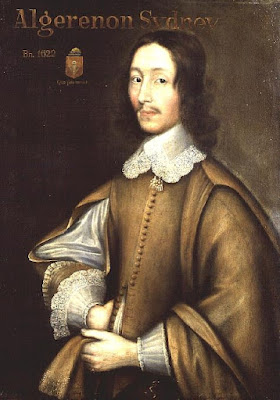Warning: This blog post contains some disturbing pictures, which I simply cannot omit.
By far the most infamous episode of the twentieth century …
The Holocaust is, by far, the most infamous episode of the twentieth century. It was a crucible for Jewish history, claiming the lives of six million Jews in all. But when you add in the other victims of the Holocaust, the death toll goes up even further to ten million. The other victims include Poles, homosexuals, the Romani people, and anyone else that the Nazis disliked. Both numbers are so large as to seem incomprehensible, but they come from the figures of the Nazis themselves. Indeed, the Nazis seemed almost to be proud of the enormity of these numbers. Anti-Semitism, of course, has roots going back far before the twentieth century, and so do pogroms and other violence against Jews. But the Nazi manifestation of it is the most infamous example of this phenomenon, and it is the most widely-known (and widely-condemned) genocide in history. Sadly, there have been other genocides as well, but it would be beyond the scope of this blog post to attempt to list them here. Suffice it to say that the Holocaust is still an important topic, and that the BBC was right to cover it in this series.
An aerial reconnaissance photograph of the Auschwitz concentration camp, 1944
There were several Nazi concentration camps, of which Auschwitz was the biggest
The series is usually called “Auschwitz: The Nazis and the ‘Final Solution.’” This is because the Nazis chillingly referred to this genocide as the “Final Solution to the Jewish Question.” But this documentary has also been titled “Auschwitz: Inside the Nazi State.” It is six episodes long, and may be the most in-depth documentary on this tragic episode. You might already know that there were many Nazi concentration camps, of which Auschwitz was the biggest. This series is focused specifically on Auschwitz, mentioning other camps (such as Treblinka) only as context for what happened at Auschwitz. Nonetheless, one could see Auschwitz as the Holocaust in microcosm, even though it was a disproportionately large number of the deaths. In the Nuremberg trials, the longest-reigning commandant of Auschwitz (Rudolf Höss) was accused of murdering three and a half million people. He replied: “No. Only two and one half million—the rest died from disease and starvation.” This confession, along with the callous (and flippant) way in which it was delivered, led to his later execution in 1947 – one of the healing positives of the Nuremberg verdicts. But that’s a subject for another post. Here, let me dive into the story of the Holocaust itself, and how this disturbing episode began.








